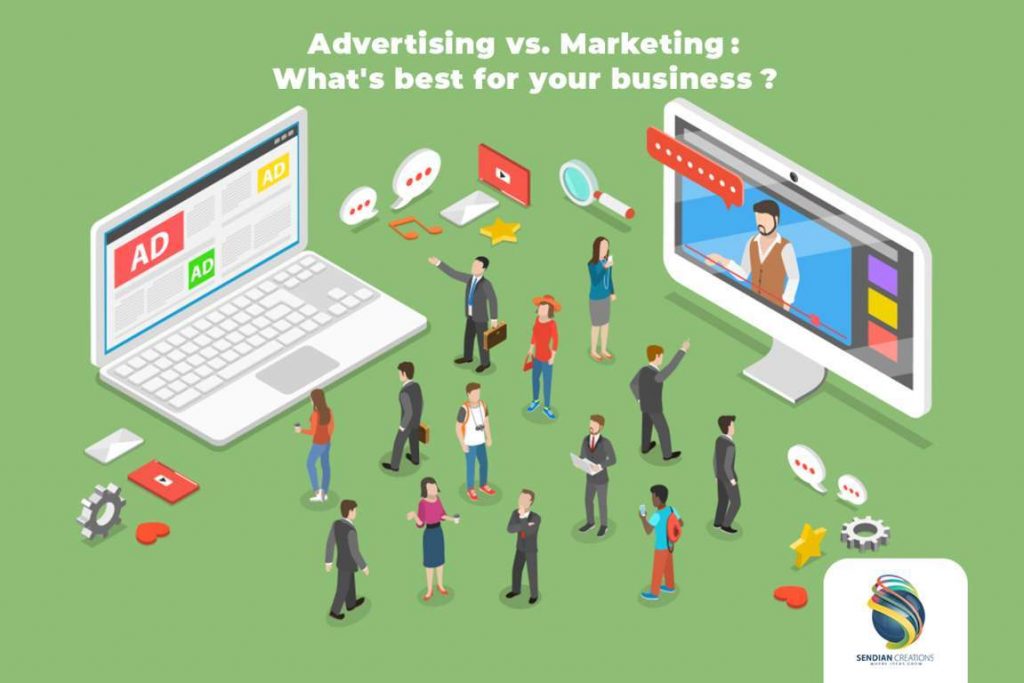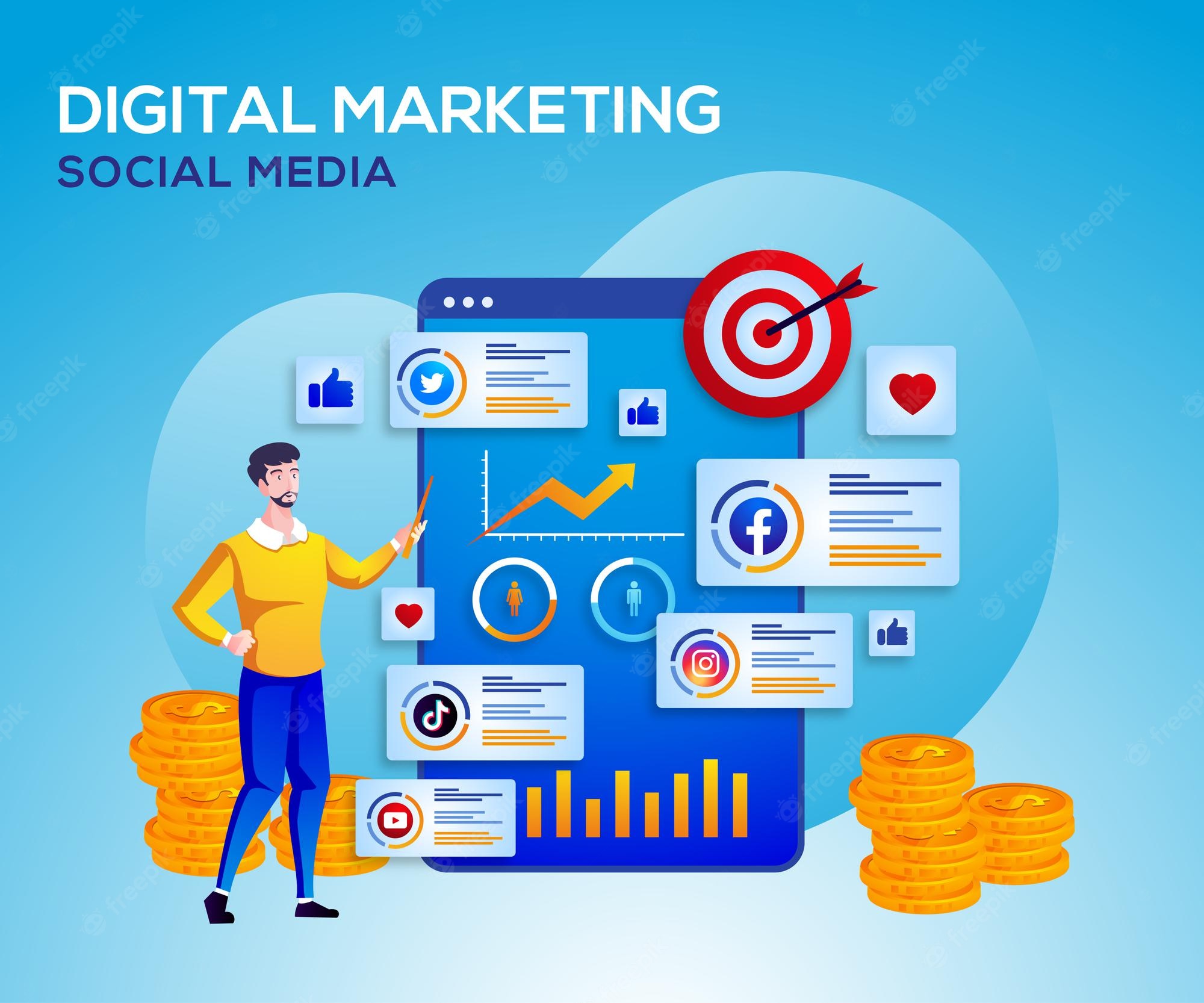
Native advertising is a strategy that can help you reach your goals. These strategies have many similarities, but also some key differences. Native advertising is designed to draw attention to a targeted audience. Content marketing aims at reaching a broad audience. Choose publications that are relevant to your audience when choosing native ads. Choose publishers that are well-respected, organized and have reliable content performance data so that you can evaluate the ROI.
Costs of content advertising vs. native ads
While both advertising methods have their benefits, one is significantly more effective than the other. While native advertising can be more expensive, content marketing is cheaper and yields better results. Despite the differences, there are many similarities between both marketing types. Native advertising can also be used as a content marketing strategy. Cognitive ease is an example of a content marketer strategy that can be used for native ads.
Native advertising offers a better alternative to content marketing. It guarantees placement on highly-authoritative websites. Native advertising is able to target readers of certain publications, giving companies a boost in brand recognition in a very short time. Native advertising agencies can be expensive, but they work on a monthly retainer. Native advertising agencies can provide a guarantee of success over a longer duration.
Putting customer needs first in content marketing vs native advertising

The two major types of online marketing include content marketing and native advertising. Content marketing puts the needs of the customer first and uses content to reach those customers. Native advertising matches advertisements with websites. Content marketing encourages loyal customers by building long-lasting relationships. Customers who are happy generate repeat business. Native advertising offers customers compelling content to increase loyalty. Here are the key differences.
Native advertising is more expensive than content marketing. Content marketing does not incur any costs. Content marketing does not require a website. This is a free service. Native advertising costs are minimal because companies only pay for their ads through a platform. They then create content that is compatible with the advertising environment. If necessary, the platform will review the content to add warnings. Native advertising might be less efficient than content marketing but that doesn't mean it has to be.
Advertorials are paid ads designed to look like an article
Many people view advertorials as just another sales pitch. But they offer many benefits. These pieces of content will help you to build your brand, increase conversions, or lead generation. If you have an idea for an article, you can find a publication that publishes related content in your industry. You might submit your article to TechCrunch if you are a tech business owner.
As they blend into the content of a page, advertorials can help build brand recognition. They aren't instantly identifiable as an ad so they are more likely be opened and read. Users will appreciate them seeing them in trusted publications. However, if they find relevant content they will respond more positively to advertorials.
The ROI of content marketing vs. native advertising

Content marketing is your best option if you want to improve your organic rankings and reach an even wider audience. Content marketing is measurable, unlike native advertising which restricts its reach to publishers who have paid for it. It also yields an increase in link portfolio. And unlike sponsored links, which cannot pass value, you can track your ROI through increased organic rankings and consumer engagement. It is also a very cost-effective option that can help you manage your advertising budget.
The number, quality and number of social shares of content marketing are the key indicators of ROI. Fractl, Moz and others found that content marketing campaigns can generate as many as 27 links for every article. This figure is almost four hundred and twenty-five per cent higher than native advertising. Because content marketing can increase search engine rankings and generate quality links, it is the best method to increase traffic and revenue.
FAQ
How long should I expect my content marketing campaign to last?
It varies based on the type of service or product offered.
One example is if your company sells shoes. You might spend one month designing a new model. For example, you might launch this new product in August and continue to update it throughout the year.
If you're selling clothing, you might design one look for fall and another for spring. You should always offer something new to your audience so they never get bored.
Your goals will dictate how long your content marketing strategy lasts. For small-scale businesses, you may only need to focus on one channel. If you are a larger company, it may be necessary to consider multiple channels in order to reach a large audience.
Is content marketing right for me?
If you already know your message, then a Content Marketing Strategy works perfectly.
If you are looking for some direction before starting, these are some questions:
Do my company need to communicate a particular message? Or am I looking to create content that resonates across a range of audiences?
Do I want to focus on generating leads or converting visitors into buyers?
Am I trying to promote one product or multiple products?
Do I want to reach people outside my industry?
A Content Marketing strategy is what you need if you answered "yes" any of these questions.
What length should my content marketing last?
It depends on your goals. Many businesses seek short-term results. Others are seeking long-term growth. We recommend three months of consistent content generation and then reevaluating the process after that period.
Is Content Marketing right for me?
Absolutely! Any type of business can benefit from content marketing. No matter whether you sell products, provide support or offer training, creating content can help customers get to know your company better and keep them in touch.
Is content marketing successful?
Yes! Hubspot claims that content marketing is one of the three most important digital marketing channels for lead generation.
How much should I invest in content marketing?
The number of leads that you are looking to generate will determine how much. The average cost per lead ranges from $5-$10, depending on the industry. For example, when we first started our business, we were spending about $20 per lead. Now we spend $6-7 per leads.
Statistics
- Companies that use content marketing see approximately 30% higher growth rates than businesses not using it. (mailchimp.com)
- Forty-seven percent of buyers view 3 to 5 pieces of content before engaging with a sales representative. (mailchimp.com)
- According to our research, 65% of companies with very successful content marketing in 2021 ran content audits at least twice a year. (semrush.com)
- We found that 40% of businesses don't have a documented strategy yet. (semrush.com)
- According to our research, brand awareness, attracting traffic, and generating leads remain the key content marketing goals in 2022. (semrush.com)
- In fact, would pay more for a better customer experience, and 86% of B2B buyers would pay more. (neilpatel.com)
- Measure your goals with a progress indicator of 0-100%. Make your goals collaborative and transparent (semrush.com)
- Out of the 1,500 marketers we surveyed for our State of Content Marketing report, 78% who felt their content marketing strategy was exceptionally effective in 2021 had documented their strategy. (semrush.com)
External Links
How To
How do you get started in content market?
Companies can reach potential customers online using content marketing. You can connect with potential clients by sharing useful information on your products and services.
Content marketing builds trust with visitors which results in higher sales conversions and profit.
A blog is a great place to start. Blogs are user-friendly platforms that allow you to post fresh articles regularly.
This allows people to return to what you have written often. For example, you can make use of social media sites such as Facebook and Twitter to share relevant news and information with followers.
YouTube also allows you to make videos. These videos can be used to educate your viewers about topics relevant to your business.
Canva allows you to create infographics. Infographics can be used to visually represent data. Infographics are useful for explaining complicated concepts and making it easier for people to understand the information.
You have a better chance of attracting new readers if your posts are consistent and regular.